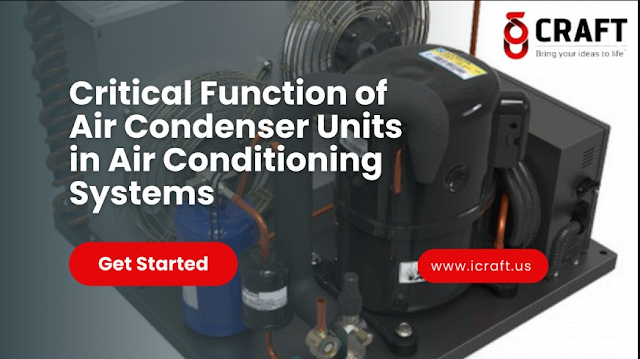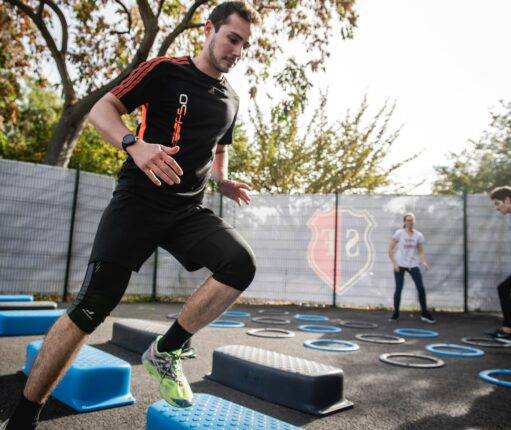An integrated design solution is a comprehensive and holistic approach that unifies disciplines to address significant vital variables and factors for effective decision-making. For air conditioning systems, it becomes paramount to use collaborative technologies and approaches to foster cooperation between experts from different sectors.
Its function in every designing phase brings the platform for exports to collaborate and work seamlessly, applying center design principles and the methodology primarily used in design and management frameworks. It also improves the integrated method.
This methodology has the potential that the human perspective is one of the incorporated factors at every level of the problem-solving procedure, leading to effective and user-centric solutions. Hence, this integrated design philosophy is essential for air conditioning systems to optimize air condenser units’ performance and overall efficiency.
How Does the Water-Cooled Condensing Unit Work?
Water-cooled condensing units, also known as outside HVAC/R units, play a crucial part in the gas-to-liquid transformation of refrigerants and other compounds. Latent heat is transferred to the condenser coolant during this operation.
Advertisement
CDUs can be used as parts of a heat pump, air conditioning units, or refrigeration units. A condensing coil dissipates heat to the exterior, a fan drives outside air via a heat exchanger for refrigerant cooling, and a compressor raises refrigerant pressure in a conventional HVAC/R condensing unit.
Keeping the HVAC system dirt-free is essential to avoid obstructions and needless strain. It’s also advised to place the unit in a shady spot to prevent overheating, particularly in the sweltering summer months.
A condensing unit collaborates with other parts, like the compressor and evaporator, to maintain the proper temperature. In the evaporator coils, the refrigerant, a low-pressure gas, absorbs heat from the interior area. The compressor is where it is pressured and transformed into a high-pressure gas once it has traveled there.
Significance of Air Condenser Unit
Any heating, ventilation, and air conditioning (HVAC) system must have an air condenser unit (ACU).
It completes the refrigeration cycle, which aids in controlling the temperature within a structure in conjunction with an evaporator and a compressor. It’s crucial to comprehend the refrigeration cycle first. This procedure occurs when heat is transferred from one location to another using a material such as refrigerant.
The compressor in an HVAC system compresses the refrigerant first, making it hot and under high pressure. After that, it is sent to the air condenser unit, which cools and dissipates the heat it has absorbed.
After cooling, the refrigerant is sent to the evaporator, which reabsorbs heat from the inside air and transforms it into a low-pressure gas. The refrigeration cycle restarts when the air within the building gets colder due to the refrigerant’s heat absorption.
The Bottom Line
As a result, integrated design solutions combine different areas of expertise to make better decisions about air conditioning systems. This helps people work together and put people’s needs at the center of the design process. These methods are crucial for making air condenser units more efficient. Knowing the purpose of water-cooled condensing units in refrigeration and caring for HVAC systems shows how important they are in controlling temperature and saving energy.
Blogging







